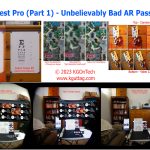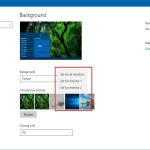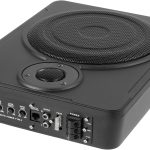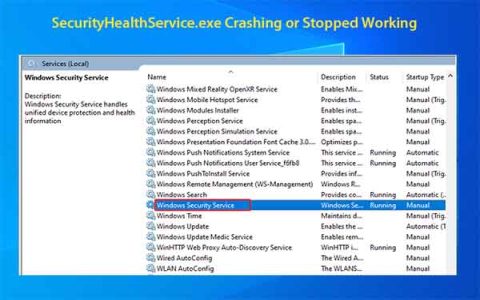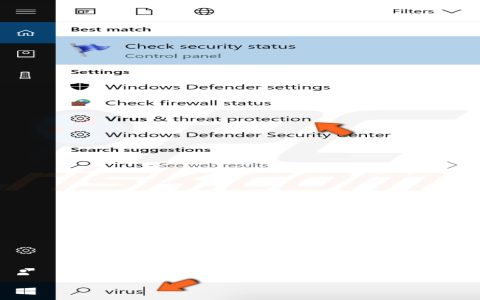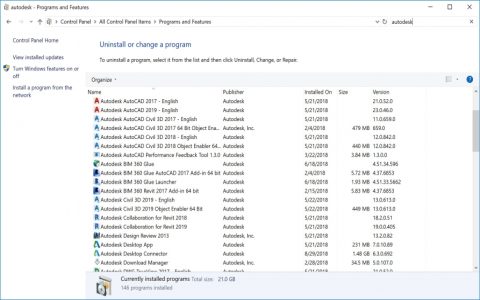Portal PC cases generally describe chassis designs prioritizing visual access to internal components. These cases often feature expansive transparent panels or unique structural openings, creating a "portal" effect that showcases the hardware within, particularly favored for custom and high-performance builds.
Key Characteristics of Portal PC Cases
- Maximized Visibility: The hallmark is the extensive use of tempered glass or acrylic, often on multiple sides (front, side, even top). This provides an unobstructed view of key components like the motherboard, graphics card, CPU cooler, and custom liquid cooling loops.
- Aesthetic-Driven Design: Form often takes precedence, leading to unconventional shapes, orientations (e.g., open-air, test bench styles adopted into a "case"), or modular designs. The goal is to create a visually striking centerpiece.
- Internal Layout for Showcase: Component placement is frequently optimized for display. This can include features like vertical GPU mounting options, dedicated RGB lighting zones, and layouts that minimize cable clutter from the primary viewing angles.
- Material Choices: Beyond standard steel and plastic, premium materials like thicker tempered glass and aluminum are common to enhance the visual and tactile quality.
Considerations When Choosing or Building with a Portal PC Case
- Component Compatibility: Due to non-standard designs, verify specific clearances for CPU cooler height, graphics card length and width, and PSU dimensions. Radiator capacity (size and thickness) for liquid cooling is also critical.
- Cable Management: With everything on display, meticulous cable management is paramount. Look for cases with ample routing channels, tie-down points, and space behind the motherboard tray or PSU shroud. Custom sleeved cables are often used to enhance the look.
- Airflow and Thermal Performance: Large glass or solid panels can restrict airflow. Evaluate the case's fan mounting options, vent locations, and overall airflow path. Some designs may prioritize aesthetics over optimal cooling, requiring careful component selection or more robust cooling solutions.
- Build Complexity: Unique layouts can sometimes make the assembly process more intricate or time-consuming than with traditional cases. Access to certain areas might be limited.
- Dust Accumulation: Cases with more open designs or prominent transparent panels can show dust more easily, potentially requiring more frequent cleaning to maintain their appearance.
- Structural Integrity: For cases with large, unsupported glass panels or unconventional structures, ensure the build quality is robust to support heavy components and withstand handling.
Portal PC cases cater to enthusiasts who desire a system that is as much a visual statement as it is a functional computer, demanding careful planning to balance aesthetics with performance and practicality.

